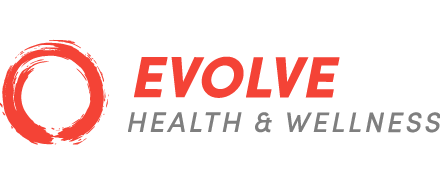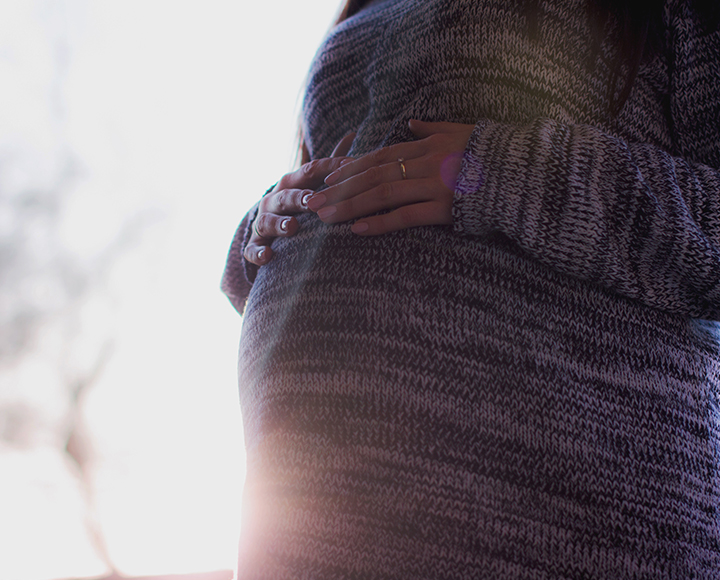During pregnancy the pelvic floor undergoes a great deal of stress to prepare for delivery. Throughout labor and delivery, the PF relaxes and opens, allowing the baby to enter our world. If women experience difficulty while attempting to relax and open, complications can occur. Tearing, hemorrhage, and prolapse are all possibilities throughout this journey and it is important for mom to receive the care necessary to heal appropriately.
Healing begins with increasing the connection from our mind to this region of our body. The best way to find this connection is to re-introduce the Pelvic floors’s purpose into our body- to support the reproductive organs and bladder while stabilizing our pelvis in relation to our torso. To engage the pelvic floor, it is important to understand that the pelvic floor is also known as the pelvic diaphragm, which serves as the foundation of our core musculature. The core is the trunk of our entire body and is essential to the stability of the human frame. The breath diaphragm and pelvic diaphragm serve as the top and bottom of our core and our breath cycle ties them together. When the diaphragm drops upon inhale, our pelvic floor relaxes, allowing the belly and pelvis to fill with air. As we exhale our pelvic floor engages, rising into the abdomen and pushing our diaphragm back into our rib cage.
When the pelvic floor is engaged properly with our breath cycle, we promote a balance of support and stability in our body- a very important piece to the puzzle while healing during our first few weeks post-partum. Establishing a well connected core and pelvic floor begins with breathing but many variables can be contributing factors to a woman’s progression. It is important to utilize the guidance of a midwife, chiropractor, physical therapist, or any healthcare professional who is well versed in pelvic floor therapy to ensure that your individual symptoms are being addressed appropriately. The journey of motherhood is full of many challenges and blessings; I encourage each of you to take each step with patience and appreciation. Honor your body for all that it has done and continues to do for you and your family.

